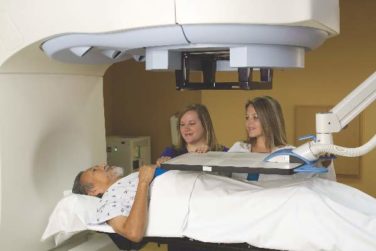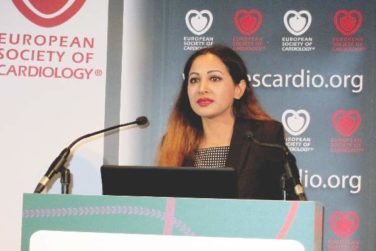FROM THE AMERICAN JOURNAL OF PUBLIC HEALTH
Lesbian, gay, bisexual, and transgender youth who report a history of increasing or high levels of victimization are at increased risk for major depressive disorder and posttraumatic stress disorder, a longitudinal study shows.
Results from the study, which is ongoing, show that people who identify as lesbian, gay, bisexual, and transgender (LGBT) are at higher risk for other mental disorders also, such as anxiety and suicide, than are their heterosexual or cisgender counterparts. Further, a history of harassment, victimization, or discrimination proved a predictor of mental health disorders.
The researchers, led by Brian Mustanski, Ph.D. , sought to understand the trajectories of victimization and how they affect the development of depression and PTSD in LGBT youth. Initial recruitment included 248 youth. The mean age of the participants was 18.7 years old, and 54.7% were black. Eligibility was met in 234 participants (53% female), and after the seventh wave of data collection, 206 participants (83.1%) remained in the study (Am J Public Health. 2016 Jan 21. doi: 10.2105/AJPH.2015.302976 ), reported Dr. Mustanski and his colleagues, of the department of medical social sciences at Northwestern University, Chicago.
LGBT victimization was measured using a 10-item questionnaire, and depression and PTSD were assessed with psychiatric interviews at baseline and at the seventh wave of data collection. At the 48-month follow-up, female participants were more likely to complete the interview than were male participants (odds ratio, 2.01; 95% confidence interval, 1.12-4.51; P less than .05).
The researchers were able to identify 4 classes of victimization. Class 1 accounted for 65.4% of the sample and reported low levels of victimization that declined over time (P less than .01). Class 2 accounted for 10.3% of the sample and reported moderate victimization that increased over time (P less than .01). Class 3 included 5.1% of the sample and reported high levels of victimization that remained steady (P = .87). Class 4 included 19.2% of the sample and reported high levels of victimization that declined over time (P less than .01).
Between the classes, significant differences were not found by race or age, and participants in the class 1 group included a higher proportion of females.
Participants in class 2 (OR, 5.54; 95% CI, 1.94-15.82; P less than .001) and class 3 (OR, 4.23; 95% CI, 1.15-15.48; P less than .05) were found to be at higher risk for depression at follow-up than participants in class 1. Likewise, a higher risk for PTSD was found in participants in class 2 (OR, 9.37; 95% CI, 2.76-31.88; P less than .001) and class 3 (OR, 8.66; 95% CI, 1.93-39; P less than .01), compared with class 1. Class 4, however, was associated with a higher risk of PTSD (OR, 4.19; 95% CI, 1.39-12.63; P less than .01) but not depression.
“Our results highlight that it is not only isolated experiences of victimization that affect mental health (which has been the focus of much previous research),” the authors wrote, “but instead, the accumulation of these stressors that exacerbates mental health problems.”
The National Institutes of Mental Health, the American Foundation for Suicide Prevention, the William T. Grant Foundation, and the David Bohnett Foundation funded the study.




